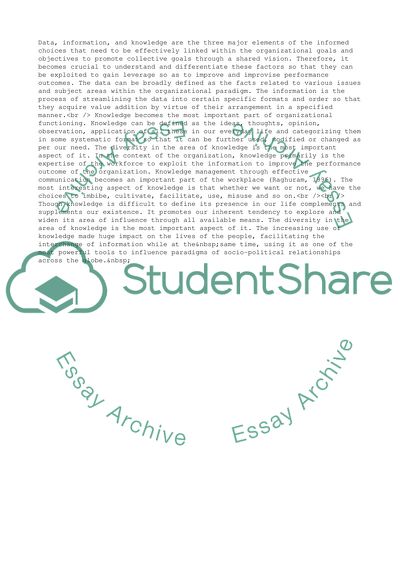Cite this document
(Information and Communication in the Workplace Assignment, n.d.)
Information and Communication in the Workplace Assignment. Retrieved from https://studentshare.org/management/1724177-information-communication-in-the-workplace
Information and Communication in the Workplace Assignment. Retrieved from https://studentshare.org/management/1724177-information-communication-in-the-workplace
(Information and Communication in the Workplace Assignment)
Information and Communication in the Workplace Assignment. https://studentshare.org/management/1724177-information-communication-in-the-workplace.
Information and Communication in the Workplace Assignment. https://studentshare.org/management/1724177-information-communication-in-the-workplace.
“Information and Communication in the Workplace Assignment”. https://studentshare.org/management/1724177-information-communication-in-the-workplace.


